Many states and large cities have now implemented shelter-in-place orders to help curb the COVID-19 outbreak—meaning everyone has to stay home. And while there are exceptions to this mandate, such as occasional supply runs or daily commutes for essential workers, most people will be restricted to their homes for at least a month.
This means there’s a real possibility that you won’t be driving your car for a while.
But here’s the thing: you’re supposed to drive your car at least once a week to keep it in good condition. Any vehicle that sits unused for a prolonged period of time is likely to develop minor issues that could get exponentially worse, and this could be the case for yours if you’re stuck at home indefinitely.
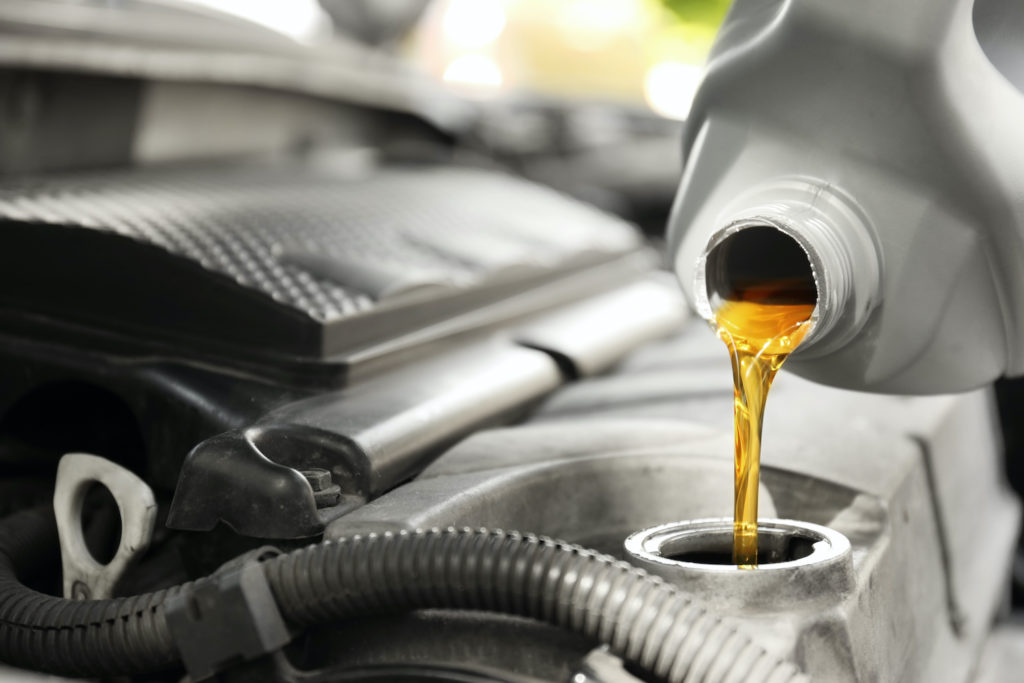
On that note, we want to make sure everyone knows how important it is to prepare your car for storage. Here are our tips for storing your vehicle and keeping it in tip-top shape while you stay home:
How to Store Your Car
There are several things you need to consider, as well as steps you should take, to preserve your car while it’s in storage.
Give it a good wash
Your car may not be going anywhere for some time, but you still have to make sure that it’s clean—both inside and outside—before putting it in storage.
Wash the exterior to remove all dust and grime. Inspect for bird droppings, tree sap, or bug splatters, as these are particularly hard to remove and may not come off with a regular wash.

You’ll have to use specialized methods to thoroughly remove bug splats and other sticky surface residue. Otherwise, they can ruin your paint job over time.
After washing, make sure to apply wax to protect the surface of your car.
Your vehicle interior should get a meticulous scrub-down as well. Remove all trash and debris, particularly anything that can cause foul odors. Vacuum your floor mats, steam the upholstery, and wipe all surfaces to remove dirt and dust. You may also want to use disinfecting products on all high-touch components such as the steering wheel, radio knobs, etc.
Another tip: make sure to leave some type of dehumidifying agent (silica gel packets and other moisture absorbing products) inside the cabin to prevent mold.
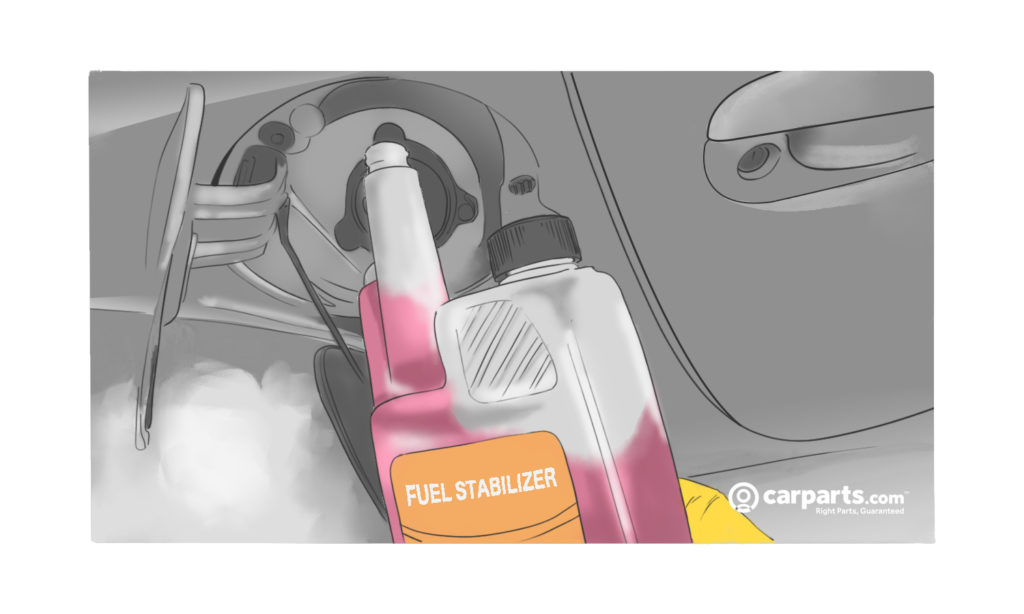
Fill up your tank
Make sure to gas up the car to help prevent the accumulation of moisture in the tank and to keep its seals from going dry. This is especially helpful if your tank is made of metal, as moisture can cause it to corrode and degrade.
If you won’t be able to use your car for longer than a month, you’ll need to add a fuel stabilizer into the tank to keep your fuel from going bad.
Change the oil
Changing your engine oil before storing your car away may seem pointless, but it’s actually very helpful. Fresh oil is free from any contaminants that could damage your car’s engine.
Note that you only need to do this if you’re going to store your car for at least a month.
Pick the right place to store your car
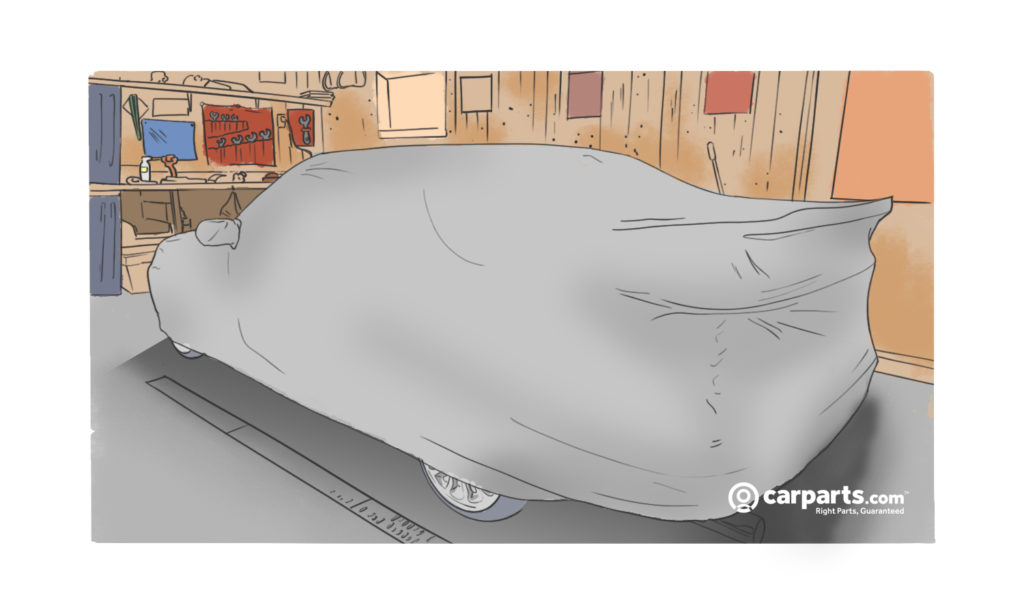
If you have a covered garage, then this should be an easy decision for you. If not, look for a nearby vehicle storage facility that offers indoor or covered units. With either option, it’s important to consider the temperature and humidity before storing your vehicle—the appropriate temperature for vehicle storage is around 70 degrees F, while humidity levels should be around 40 or 50 percent.
Leaving your car out in the open should be your last resort. But if you don’t have a choice, be sure to protect it with a car cover that’s designed for outdoor use.
Use a car cover
Protect your car’s paint job with the help of a car cover. Find one that’s custom-fit for your car, and has a microfiber lining. A properly fitted cover will protect your car from dust and keep it from getting scratched.
There are car covers for both indoor and outdoor use, so be sure to select yours accordingly.
Keep the battery charged (or disconnect it)
Your battery can get discharged easily if you don’t pay attention to it. If you’re only going to keep your car in storage for a couple of weeks to a month, try to start it at least once a week and let it idle for about 5 to 10 minutes. Make sure the garage door is open to provide proper ventilation if you run the vehicle inside.

If possible, take a short drive for about 15 minutes to make sure all of its systems are still functioning properly. This should be enough to ensure that your battery will have enough power stored for when you need to start it the next time.
If you won’t be able to use your car for more than a month, it might be a good idea to disconnect the battery to stop it from discharging. Remember that doing this would likely reset all of your car’s settings, so take note of those before you disconnect the battery.
The best option is to use a plug-in trickle charger to constantly maintain your battery’s charge.
Inflate tires properly
Inflate your tires to the recommended pressure to keep them from developing flat spots. These flat spots are usually caused by the weight of the car pushing down on one side of the tire for extended periods. Driving around for a few minutes every week should help keep your tires in shape, but if the spots have become permanent, you will need to replace your tires.
Like some of the other items on this list, things change when storing cars for long periods of time. If your vehicle will be in storage for more than one month, it might be better to take your wheels off and place the car on jack stands in all four corners.
Don’t use the parking brake
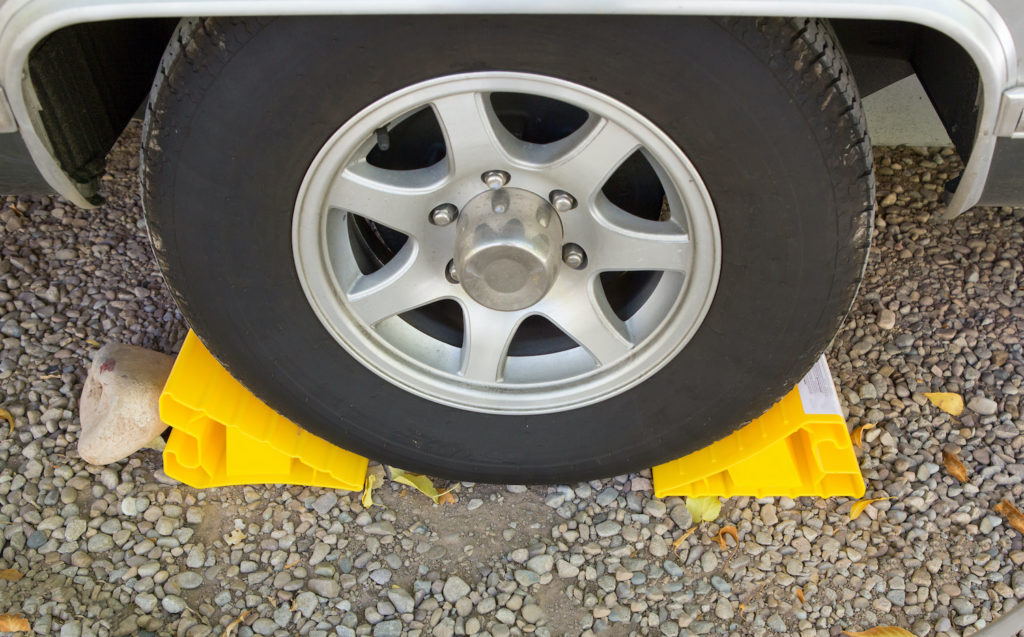
One long-term car storage care tip you need to consider is to not use your parking brake, as it may become stuck if you leave it engaged for a long time.
What you need to do is to keep your shifter in Park if you have an automatic, or in-gear if you have a manual.
Just use tire stoppers to keep your car in place.
Rodent-proof your car
A garaged car is a very attractive nesting place for rodents, what with the warm and dry conditions, the numerous crevices they can take shelter in, and the many things they can chew on.
Covering all possible entry points is a must to keep any critters out. Placing cotton swabs or moth balls dipped in peppermint oil around the perimeter of your car could also keep mice away.

Keep your registration and insurance up-to-date
Take note of your registration renewal date. While shelter-in-place mandates are only supposed to last a few weeks, we don’t really know how long it’ll actually be. With that in mind, you’ll want to make sure that you keep your vehicle registration up to date to avoid paying any penalties.
If you’re planning on storing the car for a long time and your renewal date happens to fall within this period, you may want to consider filing for Planned Non-Operation (PNO) instead of paying for registration renewal fees.
As for your car insurance policy, you may be tempted to cancel your insurance or put it on hold while your car is in storage—why not save some money, right?
Most—if not all—car insurance companies do not allow you to pause or put your policy on hold. The only option is to cancel and then restart the policy when you’re ready to pay for coverage again. However, this is not only a hassle, but it will also create a gap in coverage that could increase your premium when you decide to reinstate your policy later on.

What to Do Before Driving Your Car After Prolonged Storage
If your car has been in storage for a while, keep in mind that there are some steps you will need to take before you can drive it again. We recommend doing the following:
- Pop the hood and check for any sign of rodents. Look for chewed up wires or belts.
- Check your fluid levels and look for any evidence of fluid leaks.
- Reconnect your battery (if you disconnected it). Make sure the terminals are clean before reconnecting.
- Remove the materials you used to cover up any gaps or holes in your car.
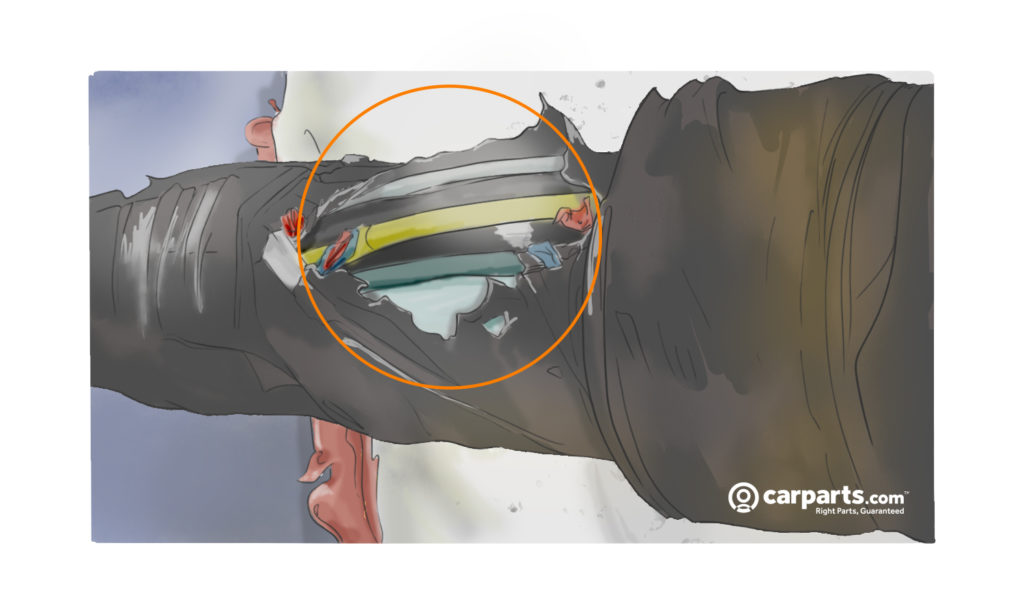
- Inspect your windshield wipers—make sure they aren’t brittle or cracked.
- Put your tires back on if you removed them. If you didn’t, check the pressure on all tires and re-inflate them if necessary.
- Do a quick visual examination of your brakes. Check if any rust has formed on the rotors. If so, you’ll hear a grinding noise the first few times you apply the brakes. The noise will go away once the pads knock the rust off the rotors.
- Do a quick wash to remove any dirt and dust that may have accumulated on your car’s surface.
Any information provided on this Website is for informational purposes only and is not intended to replace consultation with a professional mechanic. The accuracy and timeliness of the information may change from the time of publication.





























